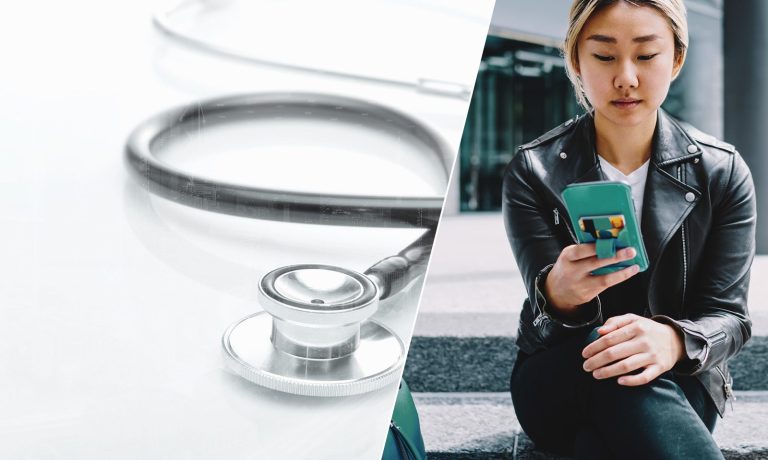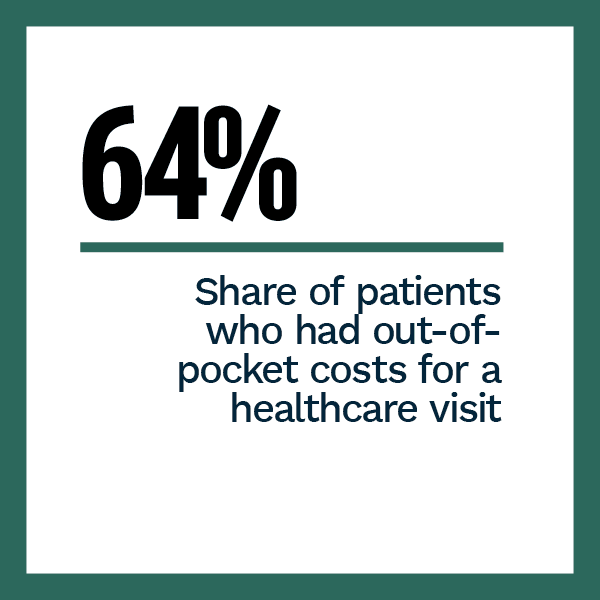New Report: Half Of US Patients In The Dark About Healthcare Payment Options

Today’s patients are well aware of their options as retail consumers, and their desire for transparency and streamlined payments processes is now impacting their loyalty to healthcare providers. According to PYMNTS research, only 30% of consumers are able to access a cost estimate for healthcare services before making an appointment, and with 64% of patients paying some out-of-pocket costs for healthcare or prescriptions after they visit their doctor, this lack of transparency in payments has become a key concern for consumers.
In The Payment Cure: Healthcare Billing Experiences and Patient Loyalty, a PYMNTS and CareCredit collaboration, findings from a survey of 3,546 American adults who received healthcare services during the past year reveals that consumers see their ability to assess, manage and afford out-of-pocket medical bills as important reasons to avoid medical care or abandon a healthcare provider.
The costs that patients pay for healthcare and prescriptions are far from nominal. Consumers spent an average of $1,150 on out-of-pocket healthcare expenses beyond the cost of insurance premiums during the past 12 months, for example. Millennials and Generation Z consumers spent even more, paying an average of $1,400 in out-of-pocket costs.
These costs and other accessibility factors have led to significant numbers of patients avoiding seeking healthcare even when it is medically important. Our research found that 33% of consumers did not seek medical treatment due to financial constraints or other reasons. For those patients, removing friction from the payments process — from flexible payment options to billing transparency — can determine their access to vital healthcare.
The report also reveals that many consumers have seen out-of-pockets increase in the last year: 20% have paid more than they did in previous years for costs not covered by insurance. As a result, some consumers are turning to payment plans and third-party financing and payment plans. Despite the fact that 70% of consumers who are under financial pressure express interest in alternative payment plans, 47% of all patients are unaware if their healthcare provider offers payment plans or third-party financing. Those consumers who have been made aware of third-party financing and payment plan options tend to choose them: Among the 31% of patients who learned about these plans, more than half began using them.
Unsurprisingly, 55% of consumers listed a healthcare provider’s ability to offer third-party financing or payment plans as among their top components of a positive healthcare experience.
To learn more about the role of payment options in patient loyalty, download the report.


